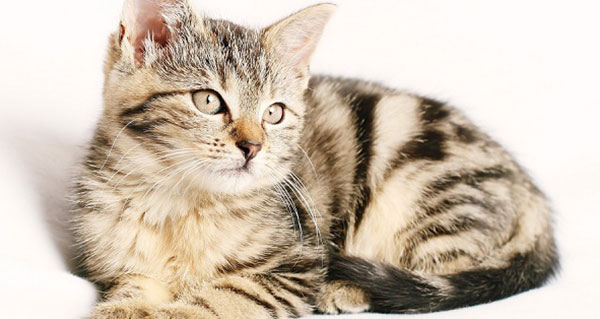Your purring little bundle of fluffiness can certainly get runny eyes, a snuffly nose and sneezing just like people – often referred to as Cat flu. Cat flu is often caused by one of two viruses, Feline Herpes Virus (FHV1) or Feline Calicivirus (FCV) which may spread from cat to cat effortlessly while making them feel just as lousy as a human being does when they have a case of the flu! Symptoms of cat flu are generally more severe if caused by FHV1.
Cat flu is not as seasonally predictable as it tends to be in people- your pet can catch these highly contagious viruses anywhere at anytime!
Humans cannot catch this flu from cats or vice versa.
What are the signs?
*Sneezing
*Coughing
*Difficulty breathing
*Reluctance to eat
*Lethargy
*Watery and inflamed eyes
*Pneumonia
*Runny nose which may progress from clear to a yellow/green discharge
*Eye discharge and eye ulcers are generally present if the cause is FHV1
*Mouth ulcers may be present if caused by FCV
Who is more susceptible?
All cats can catch the flu but more so
Unvaccinated cats
Kittens
Cats with a weak immune system
Elderly cats
There is still a possibility that a vaccinated cat can contract it- however vaccination should reduce the severity of clinical signs. Cases are generally more severe in more susceptible cats.
What do you do if you suspect your cat has cat flu?
Make an appointment with your veterinarian ASAP.
Isolate your cat from others in the household in a comfortable, quiet place.
Wash all items an infected cat may have come in contact with- bedding, water and food bowls etc.
How is cat flu spread?
Via their bodily secretions- such as saliva and nasal secretions.
Cats sharing food, water bowls and litter trays.
Cats grooming or having contact with each other.
Bedding
Grooming tools
Humans can contribute to its spread by contact with other cats after touching an infected cat.
Diagnosis
Make an appointment for your cat to see the vet! The veterinarian will get a thorough history from you about your pet’s health and also perform a thorough examination. Often the vet will become suspicious of cat flu on physical exam however in some cases the vet may recommend further diagnostic tests.
Treatment and prognosis
Most cases do not require treatment for the viral infection, however sometimes antibiotics are used to control secondary infections and supportive treatments such as eye lubrication and amino acid supplementation may be used.
In severe cases a hospital stay may be needed however most cases go home with necessary treatment to be monitored by their owner with instructions from their vet.
Cat flu usually lasts anywhere from a week to a few weeks but with treatment and lots of TLC most cats recover. Provide your cat with lots of comfort during their recovery- a safe, comfy place to rest with plenty of fresh water and tasty food to entice your pet to eat. It’s important infected cats remain isolated from other cats throughout this time. Unfortunately cats infected with FHV1 can have repeat episodes of symptoms throughout their lifetime, frequency of flareups can be decreased by maintaining a healthy diet and lifestyle and avoiding stress. On rare occasions severe infections can lead to death of the affected animal, this is more likely in young kittens.
Prevention
Vaccinate your cat!
Vaccination against feline calicivirus and feline herpes virus is included in our routine cat vaccine at Ourimbah vet hospital.
We recommend that most cats are vaccinated against FHV 1 and FCV at:
6-8wks,
10-12wks and
14-16wks of age
then annually for the rest of their life.
Only let your cat associate with other cats known to be well.
If your cat has had cat flu before avoid stressful situations that may cause re-occurrence.
Wash your hands after touching other cats.
Keep cats indoors.
If you have any further questions please contact our friendly staff on 4362 1644



